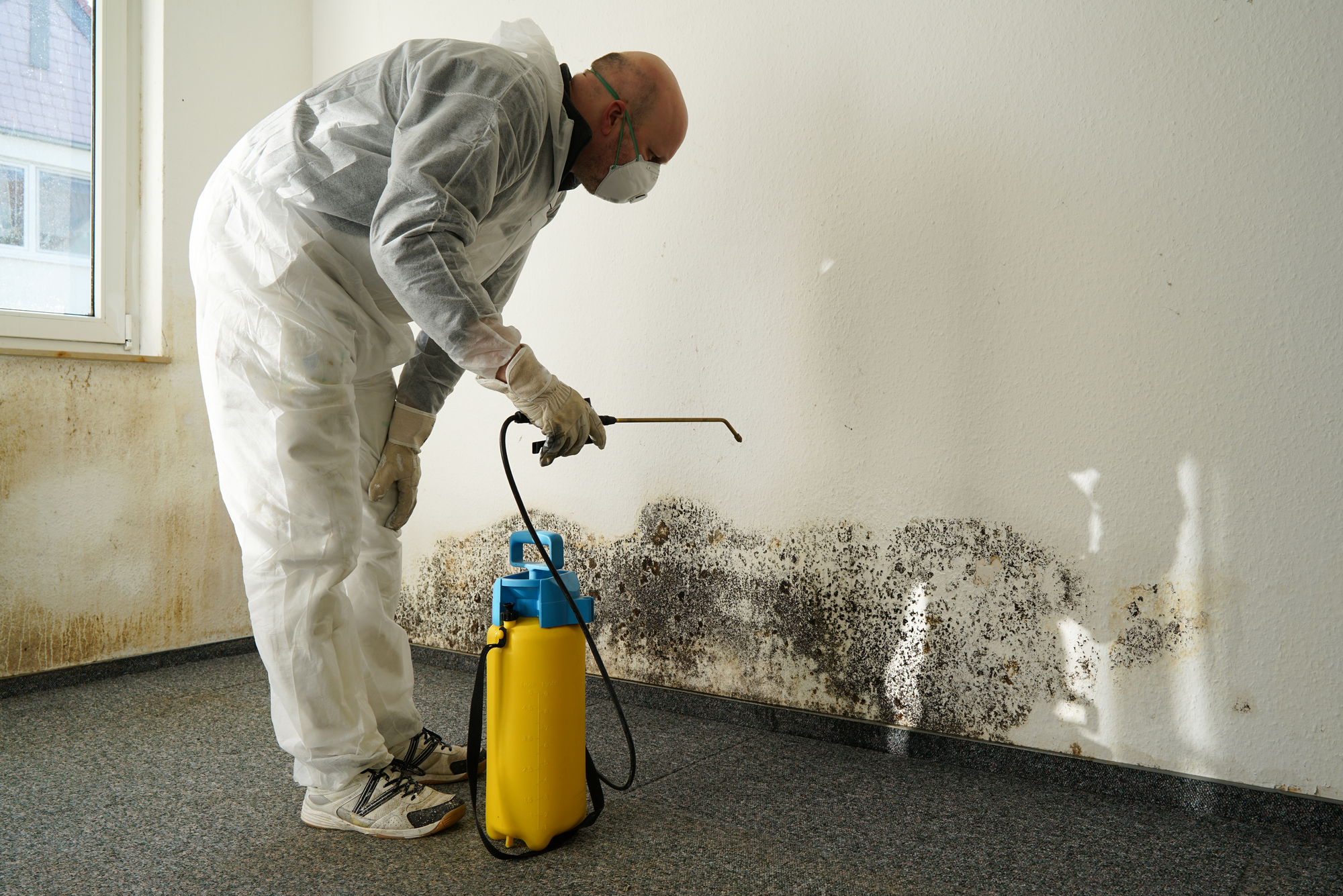Warning Signs of a Mold Problem in Your Home

Mold is a type of fungi that grows both indoors and outdoors. Although mold spores are found everywhere, it usually requires moisture to grow and is prevalent in damp, warm, and humid environments. Therefore, mold can be particularly common in refrigerators, bathrooms, after a water pipe leak, or in the aftermath of flooding.
Why is Mold Bad?
There are, in fact, thousands of different varieties of mold, and some are even used to produce things like foods. But mold that grows in your home can be detrimental to not just your house but also your health. This is because it feeds on the materials it is growing on, resulting in damage to your property. It also releases tiny byproducts into the air that, when inhaled, can cause respiratory and many other health problems.
Health Effects of Mold
As air moves through your air ducts, it sends mold spores out of the ducts and into your living spaces. This can cause health problems for you and your family, especially if someone in the household has respiratory issues like asthma or allergies. Here are some symptoms of mold exposure:
-
- Headaches
- Sneezing
- Coughing
- A runny nose
- Eye irritation
- Skin irritation
- Difficulty breathing and itchy throat
Black Mold is the most dangerous type of mold and one you should be seriously concerned about. It produces harmful toxins that can compromise indoor air quality, and cause serious health issues. It is deep black and usually appears in circular “patches.”
Signs of Mold in Your Home
While mold in your HVAC system can difficult to identify, here are some common signs to keep an eye out for:
-
- Intense smell and musty odor
- Visible black dust around air ducts or intake vents
- Added moisture inside your home despite your AC running
- Itchy eyes, nausea, difficulty breathing, or itchy throat
If there is an area of your home where you think mold may be present in the walls, there are a few ways you can test this. One way is to probe the area with a screwdriver. If the screwdriver easily pierces the drywall, mold likely has “rotted” the surface away. You can also hire a professional inspector who has the tools required to examine the wall thoroughly and detect any potential issues.
How To Get Rid Of Mold In Your House
If you only have an isolated mold problem, and the mold is not a dangerous type of black mold, you may be able to get rid of it yourself. A simple bleach/water solution can kill the mold on the surface of the wall or other area.
In many cases, however, one patch of black mold can point to infestation throughout your home. The best way to make sure you get rid of mold in your house is to hire a professional mold inspector. They will conduct a thorough examination of your home, and assess the molds that are present. Then, they will be able to recommend a mold remediation specialist who can help you get rid of the mold – and its root cause – in your home.


